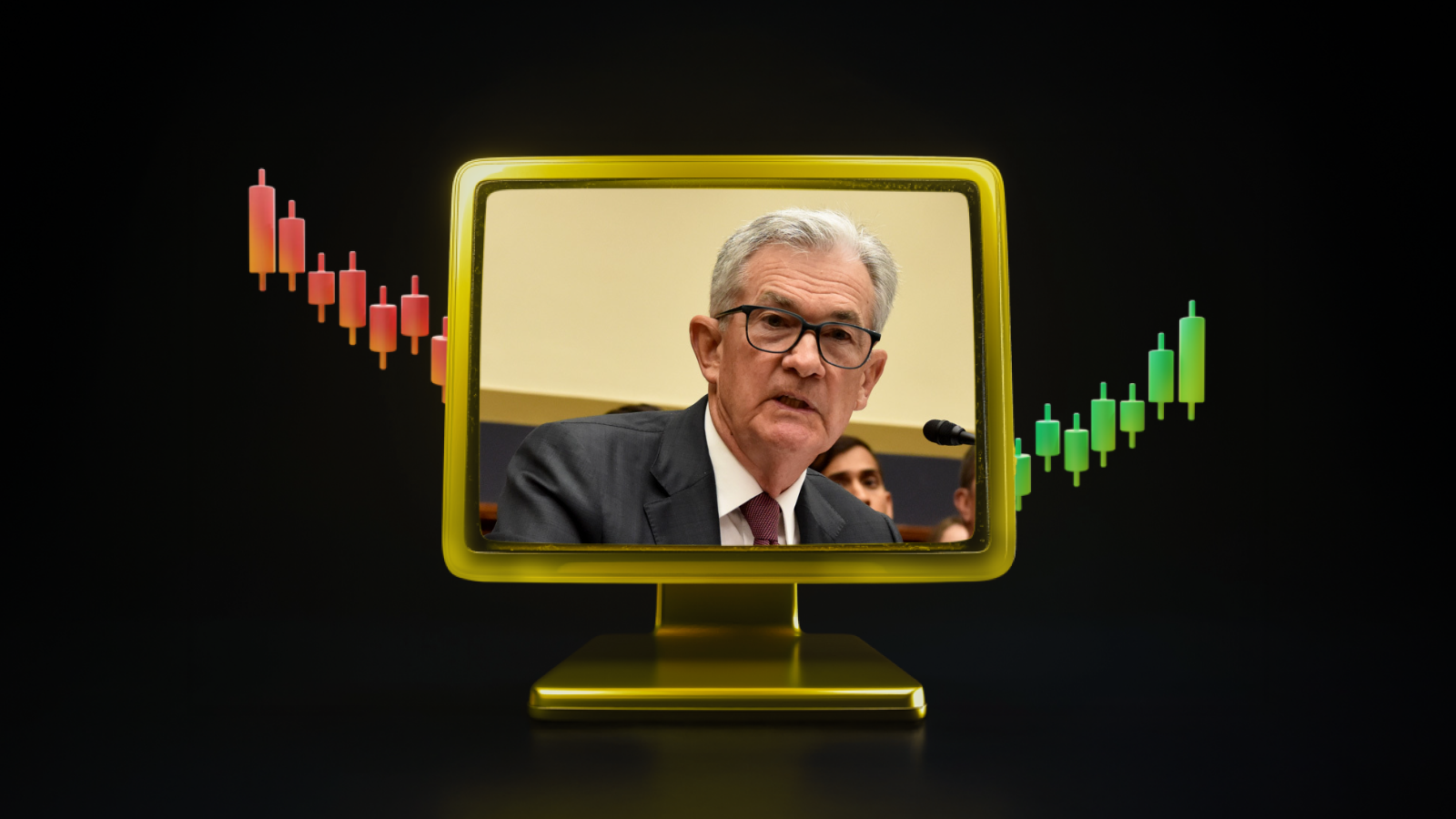Introduction
The DeFi platform backed by the Trump family, World Liberty Financial (WLFI), issued a stablecoin called USD1 in March 2025. WLFI is part of the Trump family’s broader crypto portfolio, and this platform is linked to $TRUMP and other projects.
Trump Family Coin Count
- $TRUMP (Donald Trump)
- $MELANIA (Melania Trump)
- USD1 (via World Liberty Financial)
In total, the Trump family has directly or indirectly issued or backed three coins. In addition, the Trump family has other crypto activities, such as NFT projects (e.g. Trump Digital Trading Cards) and Bitcoin mining ventures, but these do not fall under the coin category.
Trump’s Real Estate-themed Crypto Game
On April 15, Donald Trump announced that he and his family are developing a blockchain-based real estate game similar to Monopoly Go, which will be released at the end of April. The game will allow players to build virtual cities and buildings on a digital Monopoly board. The project is led by entrepreneur Bill Zanker. Bill Zanker has strong ties to NFTLLC and Fight LLC, two companies linked to the TRUMP memecoin, launched in partnership with CIC Digital LLC. The Trump family continues to play an active role in the crypto world with their NFT collections, memecoin ventures, stablecoin projects and Bitcoin mining activities. This new game could be an important part of the family’s blockchain-focused projects. Trump, who was previously involved in the world of board games with the “Monopoly: The Game” version, aims to bring his experience in the real estate sector to the digital space with this new step. Although Zanker has stated that the game will not be a direct Monopoly clone, the idea and development process is being followed with interest in the crypto community. The Trump family’s support for blockchain projects is increasingly influencing the industry. Donald Trump is rumored to be preparing for the launch of a new cryptocurrency-based game where players can earn money and build structures in a virtual city. Zanker’s representative Kevin Mercure confirmed to Fortune that Zanker is indeed working on a game and plans to officially launch it in late April 2025.
However, Mercure rejected the Monopoly comparison, stating that the project was not inspired by the iconic board game. Meanwhile, Hasbro, the owner of the Monopoly brand, announced that it has not licensed any Monopoly-related projects to Trump or his affiliates
Does Trump’s vote signal a new real estate-based ecosystem?
Assets represented by NFTs , virtual properties, token rewards and strategic trading decisions in the game allow users to experience the crypto market in a fun way. Players learn real-world crypto concepts while progressing through mechanics such as digital stock market simulations, investment decisions and risk management based on market movements. This structure makes the game not just a fun experience, but an educational simulation that can increase the adoption of cryptocurrencies. The tokens used in the game reflect Trump’s vision for the digital economy and appeal to specific communities. The most notable asset is a collection of NFTs known as Trump Digital Trading Cards. These NFTs have previously been used for campaign donations and digital identity building. In-game mechanics such as character power-ups and unlocking special missions are also included. Furthermore, these NFTs are Ethereum based and work in harmony with the game’s blockchain foundation. In addition, the game is expected to include community tokens such as MAGA Coin, which is backed by people close to Trump. This move combines political symbolism with crypto culture, targeting a broad user base. Elements such as in-game rewards, NFTs, and digital currency earning may unwittingly bring users into the Web3 ecosystem. The game’s humorous language and simulation structure take crypto away from complex technical narratives and make it more understandable and fun. This can be an important starting point for young people, independent traders and curious but shy users.
What could be their purpose?
Trump’s move could have more than one purpose:
- The involvement of a big figure like Trump in this project may also increase the perception of social legitimacy.
- Such projects could also make crypto’s investment risks seem negligible, with the potential to create a superficial upside.
- If gamification is done right and the game sells well, it can create a serious momentum in the adoption of cryptocurrencies. Trump’s game could be one of the most visible examples of this trend
- Trump may be hinting at the use of cryptocurrencies as a means of payment in real estate in the coming years.
- It may be trying to create subtexts by giving political and economic messages through the game.
- The game may be used not only to promote digital assets, but also to bring Trump’s political rhetoric, economic stance and messages to his voter base into the gaming world.
- The chapters and scenarios in the game may offer a structure based on free market economics, anti-regulation and capital accumulation with the theme of “Make America Great Again”. Because in this game, players experience Trump’s economic vision step by step as they buy various real estate and digital assets on their way to becoming crypto-rich.
- Politically, the game stands out for its message of decentralization and opposition to government control. The structure of the game emphasizes individual achievement without bureaucracy. This is in line with Trump’s general ideological line. The game may not only be a crypto experience but also a symbolic discourse platform for voters and investors.
- In this way, Trump may be stepping into the digital world and seeking to gamify and popularize his economic or political agenda.
- For now, Trump’s real estate-themed crypto game seems to be a project focused on entertainment, financial gain and brand reinforcement rather than creating a real estate-based crypto ecosystem. However, if integrated with real estate projects like the one in Dubai, this could turn into an ecosystem.
- Trump’s goal may be to increase his influence in the crypto market, strengthen his brand in the digital world and create a new revenue stream.
Conclusion
Donald Trump has made an unusual entry into the world of cryptocurrency, creating a Monopoly-like game that aims to introduce users to digital assets, a move that is both politically and technologically remarkable. With this project, which intertwines entertainment and finance, Trump aims to reach not only his supporters but also a wider audience interested in crypto. The content of the game, the token structure used and its possible effects have sparked a new debate in the crypto ecosystem , showing that blockchain-based games can offer players both fun and profit. By launching this game in a format similar to Monopoly GO!, Trump is targeting a wide audience. Launched in April 2025, the game will allow players to earn tokens by building properties in digital cities. This is a play-to-earn (P2E) model. Trump’s choice of these assets shows that the game is not a simple entertainment project but a chosen medium for crypto adoption. It carries both a political message and seeks to bring the blockchain world closer to the mainstream.
Trump’s Monopoly-like crypto game has the potential to create remarkable effects not only on political or financial messages but also on the social level. It could open a new door to the world of digital assets, especially for a large audience that has never been interested in crypto before. Given Trump’s popularity and base, the game could introduce crypto to his supporters, especially older, technology-averse and politically motivated groups. Topics such as the use of crypto wallets, buying and selling NFTs, and the dynamics of the digital economy can be grasped more easily and entertainingly through games. This makes it easier for the masses, especially those who are distant from technology, to get involved in the sector. Transactions in a gamified environment reduce the perception of risk and allow users to gain experience through practice. Trump’s release of this game, along with his promotion of his pro-crypto political agenda, including the creation of a US strategic Bitcoin reserve, may also be a harbinger of his desire to introduce a payment system with cryptocurrencies in home-land purchases and sales in the coming years.





